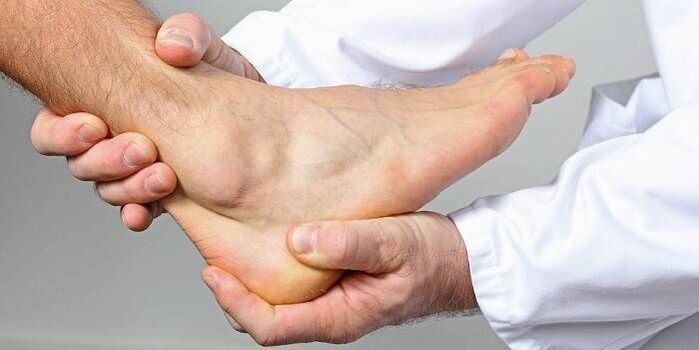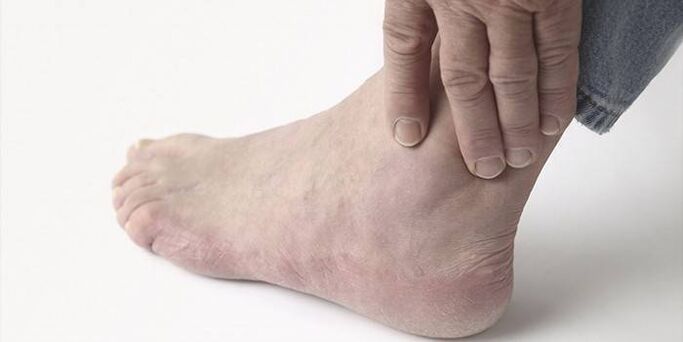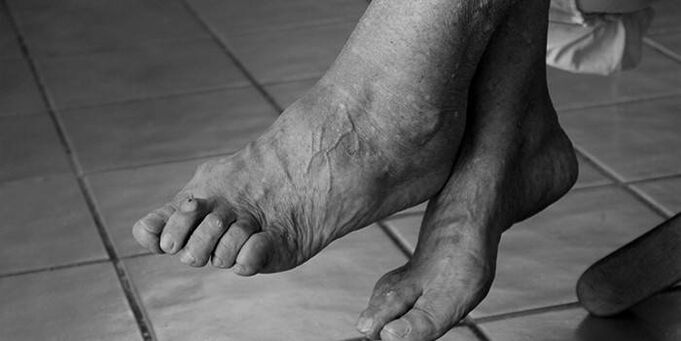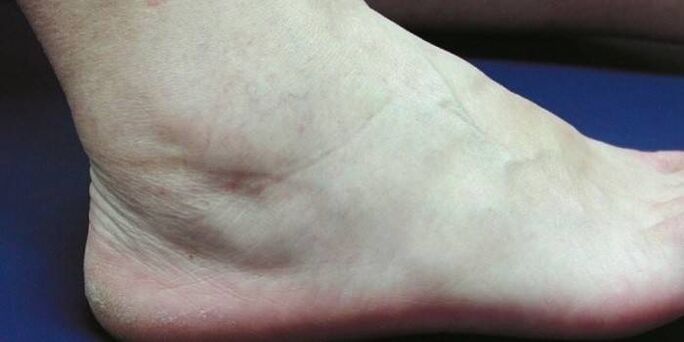The older a person gets, the greater the risk of developing degenerative and destructive changes, especially in the musculoskeletal system. Osteoarthritis of the ankle joint is a disease that affects the cartilage and tissues of the articulation to varying degrees of severity and if left untreated, it will lead to damage. At the initial development of the pathology, the symptoms of the disease are mild and its presence can be determined only with the help of X-rays.
What is osteoarthritis of the ankle
The disease in which the articular cartilage and surrounding tissues are gradually destroyed is called ankle osteoarthritis. The basis of the pathology is a degenerative-dystrophic process, and the inflammation is secondary. Osteoarthritis of the ankle has a wavy chronic course, with alternating exacerbations and remissions. The disease gradually progresses. The female and male populations suffer from osteoarthritis equally. With age, the likelihood of developing pathology increases sharply.
Symptoms
Diseases of the ankle joint periodically worsen. During remission of osteoarthritis, the symptoms may not appear at all. The pathology develops without spreading. One feels moderate pain in the ankle with significant physical exertion, increased stiffness and fatigue of the legs. As the pathology progresses, the pain becomes more pronounced, occurs at rest and intensifies at night.
When the deformity of the joint becomes visible, the range of motion in the ankle decreases and characteristic sounds of crunching and clicking are heard when walking. Sometimes there is a curvature of the lower leg, the legs acquire a valgus (X-shaped) or varus (O-shaped) shape. Osteoarthritis of the ankle is characterized by starting pains, which appear at the beginning of the movement after a state of rest and disappear during walking.
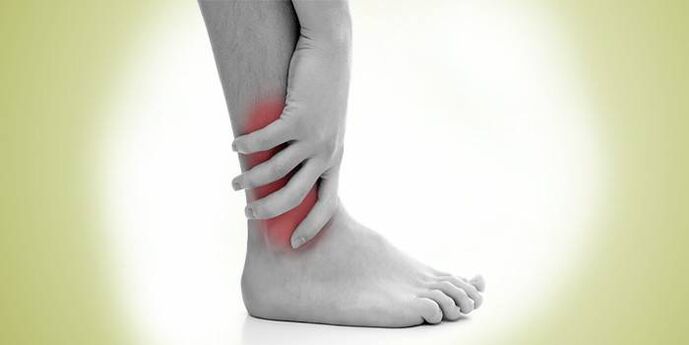
Causes
Osteoarthritis of the ankle is divided into two groups: primary and secondary. The first occurs for unknown reasons. The second develops due to unfavorable factors: inflammation, trauma and others. In both cases, the pathology is based on metabolic disorders in cartilage tissue. The main reasons for the development of secondary osteoarthritis:
- bone deformity (fractures) or damage to ligaments due to ankle injury;
- stretching of the joint capsule;
- pinching of the nerve endings of the lumbar spine;
- Overweight;
- wearing uncomfortable shoes;
- prolonged joint loading (intense sports, constant straightening);
- diseases associated with metabolic disorders (gout, diabetes, lack of estrogen during menopause, etc. );
- intervertebral hernias, osteochondrosis of the lumbar spine and other conditions accompanied by disruption of the lower leg, muscular system or nerve entrapment.
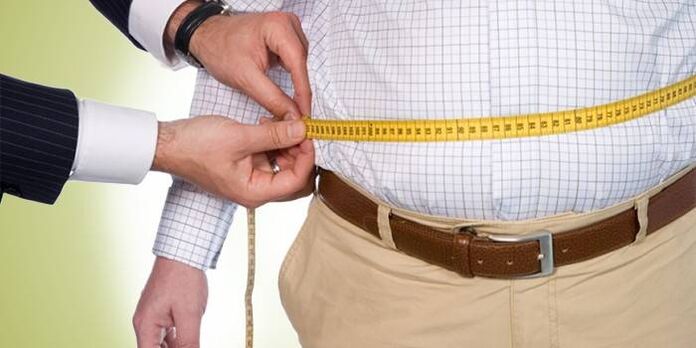
The degree of the disease
There are three degrees of ankle osteoarthritis, which are determined by hardware diagnostics:
- I degree - pathological changes are not noticed, there is a narrowing of the cavity of the ankle joint, thickening of the talus;
- II degree - puffiness becomes a consequence of the progression of the disease, there are painful sensations over time, the mobility of the legs decreases, there is a deformation of the joints;
- III degree - there is a loss of cushioning properties of the joint, ossification of cartilage, deformation of the foot leads to damage.
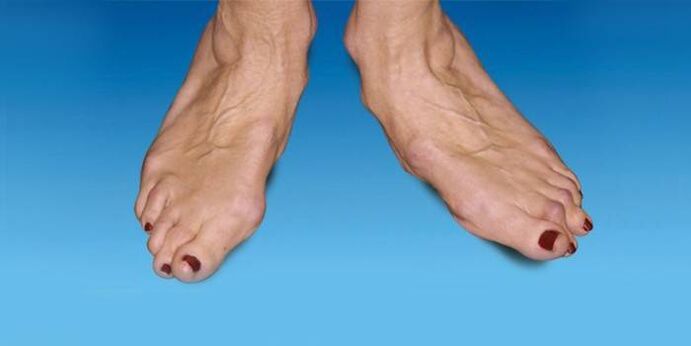
Possible consequences
A patient with osteoarthritis of the ankle may experience disability, as complete destruction of the joint leads to limited motor activity. For this, the patient must undergo a medical examination. Categories of patients who can be diagnosed with a disability:
- patients with progressive osteoarthritis who have been ill for more than 3 years with exacerbations of the disease at least 3 times a year;
- patients who have undergone joint surgery and have a life restriction;
- patients with severe static-dynamic impairment.
Diagnosis
The diagnosis of "grade 2 ankle osteoarthritis" (or any other stage) is made based on examination, visual examination, and laboratory results. X-rays play a crucial role. In the most advanced stages, deforming osteoarthritis and cystic formations in the bone area are found. In difficult cases, the patient is referred for CT of the ankle for a more accurate assessment of bone structures. MRI of the ankle can be done to examine the soft tissues.
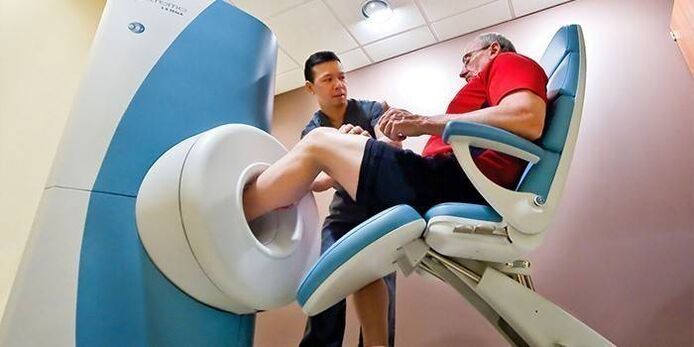
Treatment of ankle osteoarthritis
The therapy of the affected joint in post-traumatic osteoarthritis is performed according to the general scheme. Comprehensive treatment includes:
- elimination of pain symptoms;
- elimination of the inflammatory process;
- restoration of joint mobility;
- improvement of trophic processes;
- restoration of normal blood circulation in the limb:
- replacement of the joint with artificial prostheses (if necessary).
Medicines
Drug therapy is chosen taking into account the signs of the disease and the stage of the disease. Non-steroidal anti-inflammatory drugs in the form of tablets or injections are used during periods of exacerbation. Along with them, it is recommended to take local anesthetic drugs in the form of gels or ointments. Corticosteroid drugs for intra-articular obstruction are prescribed for severe pain sensations. Their introduction is carried out no more than 4 times a year. Drugs from the chondroprotective group are prescribed to normalize the metabolism in the cartilage tissue.
Ointments
Topical medications will not be able to cure osteoarthritis or cross-osteoarthritis of the ankle, but will help speed recovery and prevent recurrence of the disease. Among the effective drugs are:
- Multicomponent homeopathic ointment intended for the treatment of inflammatory and dystrophic conditions of the musculoskeletal system. Apply 1-3 times / day in a thin layer on the affected area. The duration of the course is 2-4 weeks. Rarely, local skin reactions occur: urticaria, burning, itching, development of dermatitis.
- Non-steroidal anti-inflammatory drugs with analgesic effect. Apply in small doses on the affected joints 3 times a day. The doctor prescribes the course of treatment individually. On average, such ointments are used until the pain disappears, but not more than 14 days in a row.
Physiotherapy
The following physiotherapy methods will help stop ankle osteoarthritis:
- Ultraviolet radiation with medium waves. Under the influence of ultraviolet waves in the affected area accumulate substances that reduce the sensitivity of nerve endings, which makes it possible to quickly relieve the pain syndrome.
- Infrared laser therapy. The laser reduces the sensitivity of nerve roots, improves blood circulation. The procedure relieves the patient of the stress experienced due to constant ankle pain.
Diet
In inflammatory diseases of the knee joints, bone tissue and ankle ligaments, a special diet is indicated. It is necessary to include jelly, meat jelly and edible gelatin in the diet, as these products are natural chondroprotectors that restore cartilage tissue. The menu should include complex carbohydrates (vegetables, fruits, whole grain bread), milk proteins (cottage cheese, cheese), vitamin and mineral complexes. For better absorption of food, food should be steamed or cooked.
Exercise
After studying the X-ray, the doctor may prescribe therapeutic exercises. Special ankle exercises will help get rid of pain, relieve muscle tension and restore blood circulation. Examples of exercises for exercises:
- sitting on a chair, socks and heels are successively detached from the floor;
- the toes rest on the floor, the heel rises and makes circular motions;
- the legs are together, the foot extends all the way to the side of the body.
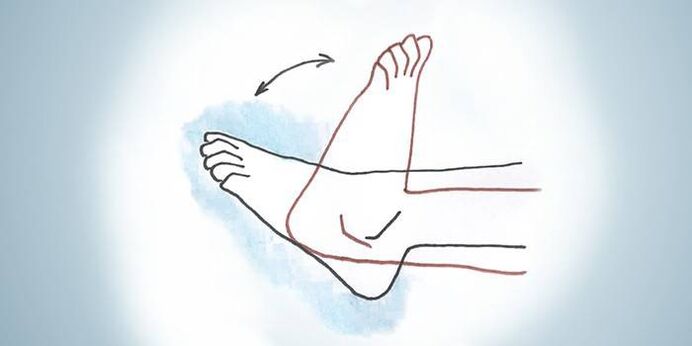
Massage
The procedure for ankle osteoarthritis is characterized by a variety of multi-stage techniques. The purpose of the massage is to improve lymphatic and blood circulation in the muscles of the foot of the joint cavity, to eliminate poor mobility of the ankle. To relax the muscles, first massage the ankle using kneading and stroking techniques. Then massage the toes, then mix the foot and heel. Complete the procedure with deep work on the ankle joints.
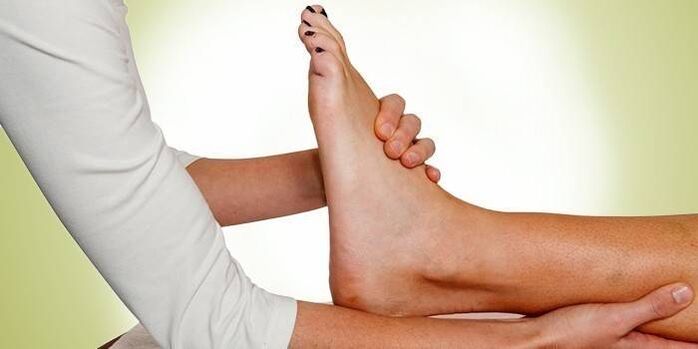
Surgery
If conservative treatment of osteoarthritis has not led to positive results, the attending physician prescribes surgical treatment. Among the operational methods are considered the best:
- Ankle arthroplasty. An ultramodern ceramic or metal prosthesis has been partially or completely replaced at the site of cartilage destruction.
- Arthrodesis of the ankle. It is prescribed for severe destruction of joint surfaces. During the operation, the bones are firmly fixed by their internal connection.
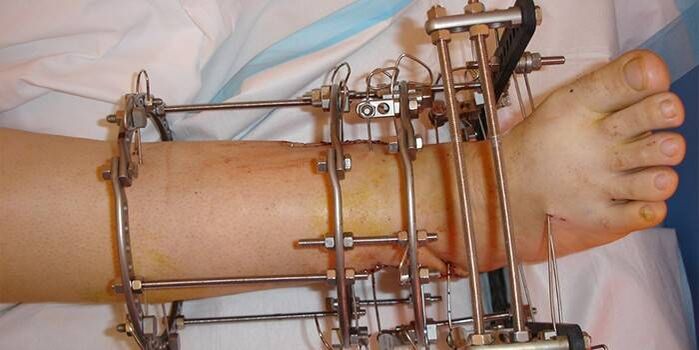
Traditional methods
Rural recipes come to the aid of complex therapy of the ankle joint in osteoarthritis:
- Chalk and kefir. Mix the two ingredients into a paste. Apply this mixture on the affected joint at night to relieve swelling.
- Cinquefoil oil and root. Mix the ingredients in a 10: 1 ratio and rub into the affected joint overnight to relieve the pain.
Prevention of ankle osteoarthritis
To reduce the risk of developing osteoarthritis of the ankle, it is necessary to adhere to preventive measures, which include:
- body weight control;
- healthy diet;
- wearing comfortable shoes without high heels;
- avoiding joint injuries;
- timely treatment of endocrine and vascular diseases;
- regular performance of ankle gymnastics.
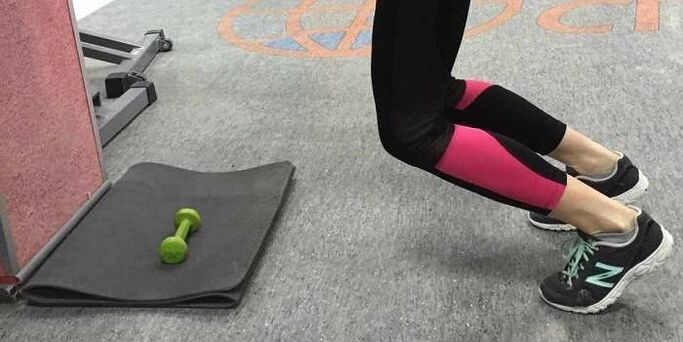
Photo of ankle osteoarthritis
